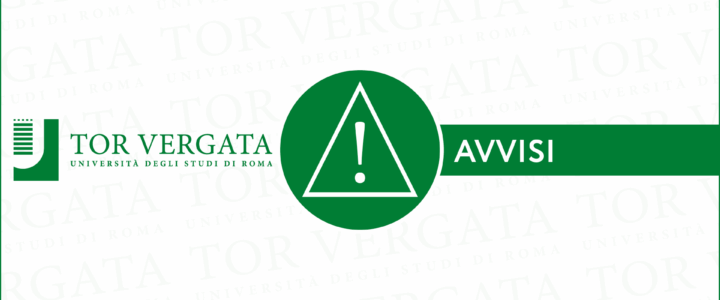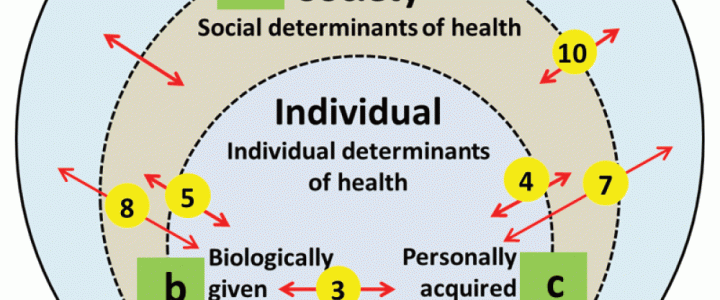The Tuesday class of Integrated Sensors, originally scheduled from 2:00 PM to 5:30 PM, will be moved to Thursday morning, from 9:30 AM to 1:00 PM, in Room 7. This change has been made to avoid overlaps with other Mechatronics courses.
Prof. Alexandro Catini
 UNIVERSITA' DEGLI STUDI ROMA "TOR VERGATA"
UNIVERSITA' DEGLI STUDI ROMA "TOR VERGATA"








